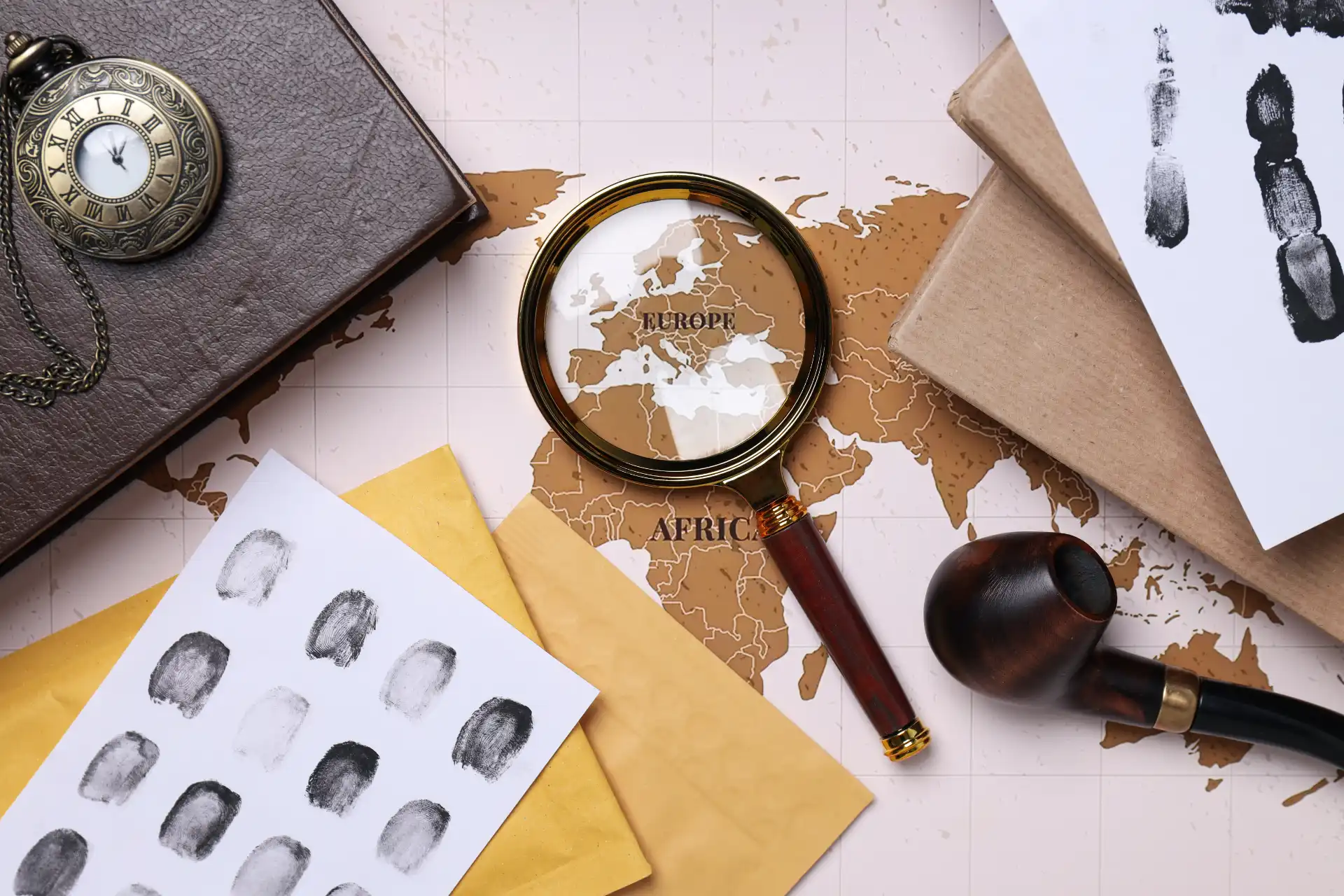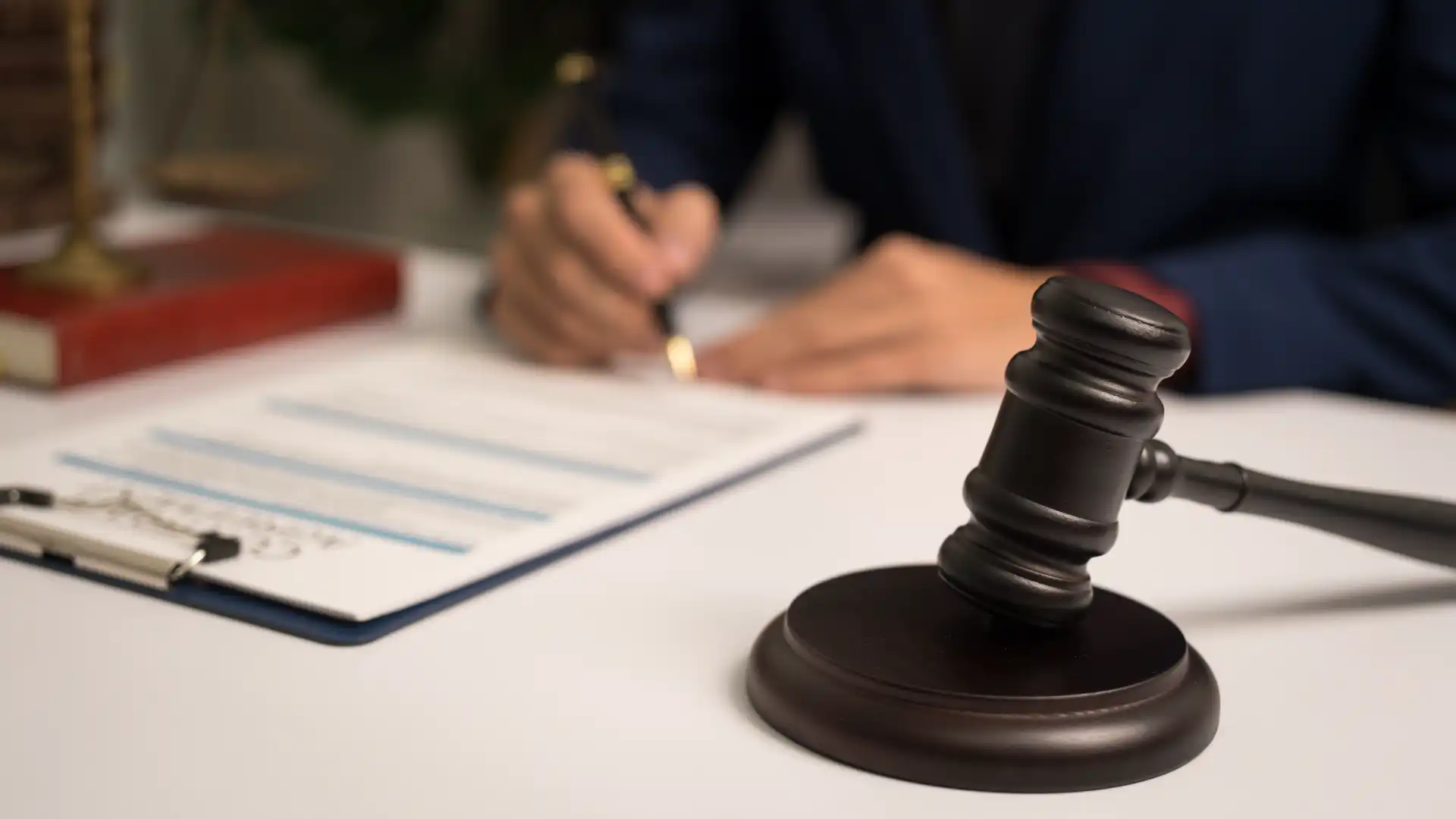International Patent Protection: How to Safeguard Your IP Globally
In today’s global market, protecting your invention in just one country isn’t enough. If you plan to manufacture, distribute, or license your product across borders, international patent protection becomes essential. Without it, your intellectual property may be at risk in foreign markets.
This guide explains how to secure patent protection internationally, covering the Patent Cooperation Treaty (PCT), regional patent systems, and strategic filing options in 2025 and beyond.
Why You Need International Patent Protection
When you obtain a patent in the U.S., your rights are valid only within the United States. In other words, your patent doesn’t protect your invention in Europe, Asia, or any other jurisdiction.
If competitors overseas copy or sell your invention without your permission, you may have little legal recourse unless you’ve secured protection in those regions.
Protecting your IP globally:
- Prevents unauthorized manufacturing and distribution in key markets
- Increases your product’s commercial value for licensing and partnerships
- Gives you leverage in global negotiations and enforcement
What Is the Patent Cooperation Treaty (PCT)?
The Patent Cooperation Treaty (PCT) is an international agreement administered by WIPO that simplifies the process of applying for patent protection in multiple countries.
Here’s how it works:
- You file a single “international patent application” under the PCT
- This filing reserves your right to seek protection in 150+ member countries
- You then enter the “national phase” and pursue patents individually in each country or region
Important: The PCT does not grant a global patent. Instead, it streamlines the early steps, giving you time (typically 30 months from the original filing date) to decide where to file.
Benefits of Using the PCT System
- Centralized process: One application, one language, one filing date
- Extra time: Up to 30 months to decide on specific countries
- Preliminary search: Identifies similar prior art early
- International recognition: PCT is accepted in over 150 countries
Because of its structure, the PCT route is ideal for startups and inventors seeking global protection without the high upfront cost of multiple national filings.
Key Regional Patent Systems
In addition to individual country filings, some regions offer unified patent systems. These allow you to file a single application that covers multiple countries.
European Patent Office (EPO)
The EPO enables applicants to file for protection in 39 European countries through a single application. Once granted, the patent must be validated in each country.
African Regional Intellectual Property Organization (ARIPO)
ARIPO serves many English-speaking African nations, offering centralized applications similar to the EPO.
Gulf Cooperation Council (GCC)
GCC patents were once issued centrally but now require country-specific filing. However, coordination efforts still exist between Gulf countries.
How to Build a Global Patent Strategy
Securing international patent protection requires careful planning. Here are the steps to take:
1. Start With a U.S. or National Filing
Your journey typically begins with a domestic patent filing (e.g., in the U.S.). This establishes a “priority date” and gives you 12 months to file internationally under the Paris Convention or PCT system.
2. File a PCT Application (Optional)
If you want more time to decide on specific countries, file a PCT application within that 12-month window. This preserves your filing rights in participating countries while delaying costs.
3. Enter the National Phase
After 30 months (or earlier if preferred), you must begin filing in each country or region where you want protection. This includes translations, local agent fees, and examination processes.
4. Prioritize Strategic Markets
You don’t need to file everywhere. Instead, focus on countries where you:
- Plan to manufacture or sell your product
- Have key competitors
- Seek licensing or investment opportunities
Cost Considerations
International patent protection is expensive — especially once you enter the national phase. Costs include:
- Government filing fees
- Translation and agent fees
- Ongoing maintenance and renewal fees
As a result, many inventors begin with 2–3 core regions (e.g., U.S., Europe, and Japan) and expand as their product gains traction.
Challenges of Global IP Enforcement
Even with patent protection, enforcing your rights across borders is complex. Legal systems, costs, and timelines vary significantly by country.
To strengthen your position:
- Document all infringement cases and export violations
- Work with local legal experts in each market
- Consider customs and trade restrictions to block counterfeit imports
Alternatives: Patent Pools and Licensing
In some industries, companies form patent pools or licensing networks to manage IP across regions. These can reduce litigation and foster collaboration — particularly in sectors like telecommunications, biotech, and clean tech.
Final Thoughts
International patent protection helps you expand globally while maintaining control over your invention. While the process can be complex and costly, using tools like the PCT system and regional patent offices makes it more manageable.
Remember, the key is strategy: protect your invention where it matters most, and partner with experts to navigate local rules.
Need help getting started? Start with our U.S. patent filing guide »



